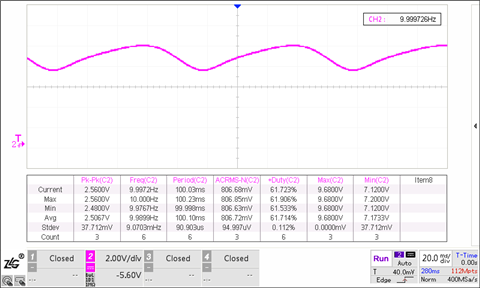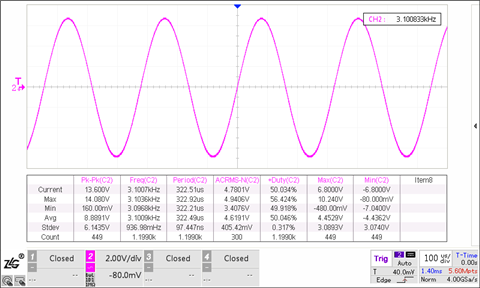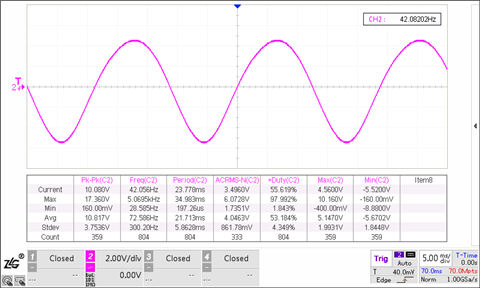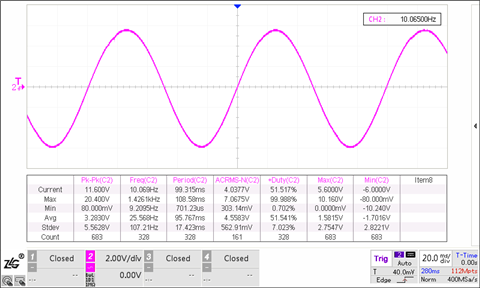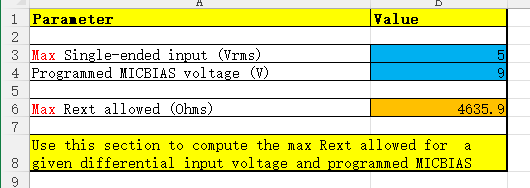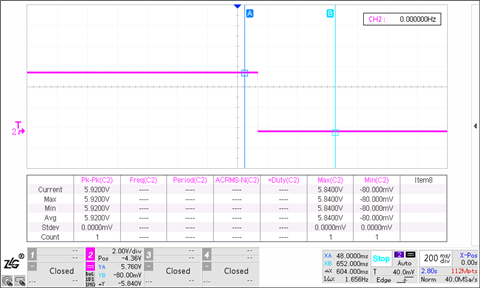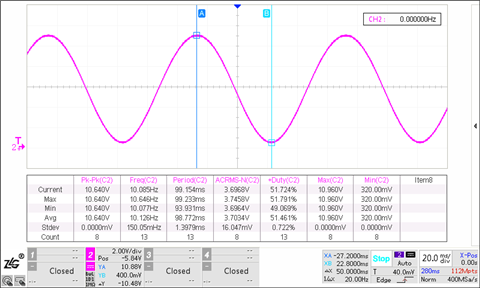Hi,
I am using PCM6480-Q1 in High swing mode.
When I give a 10Hz sine wave input, and the signal is greater than 1V rms, the lower half of the signal will be distorted after passing through the DC blocking capacitor.
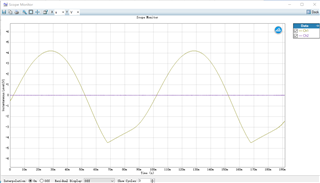
Here is our design schematic:
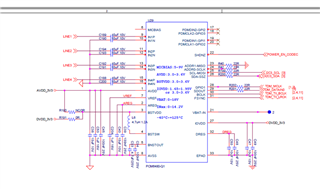
After I checked the forum, I found that the micbias needs to be set, so I added a 9V bias according to the schematic design.

The pull-up resistor I currently use is 4.3k, and I found that the waveform is still distorted, and the form is different.
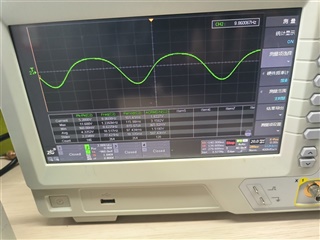
Please provide me some advice.
Thanks for your help.




